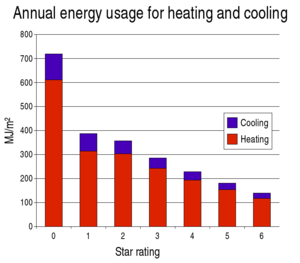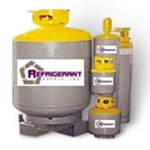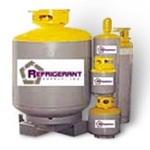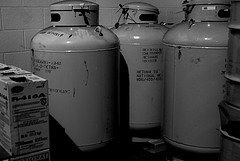If you monitor your utility bill, you probably already know that running the air conditioning during the warm summer months can often constitute the largest fraction of your bill.
In fact, they can usually use around 50% of your energy. You should inspect your chiller often, and usually this includes the water of your chiller. If you recycle the water, you need to inspect it less often than if you source your water from a stream or a lake because there are less contaminants in the water.
However, you still need to inspect it as pollutants such as dust and mold spores can creep in and lower the efficiency of your chiller. This article will give you some tips on proper chiller maintenance as well as a video displaying the proper way to clean your chiller tubes.
HVAC, Building Performance: Chiller Performance and Energy Usage







